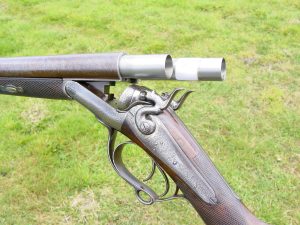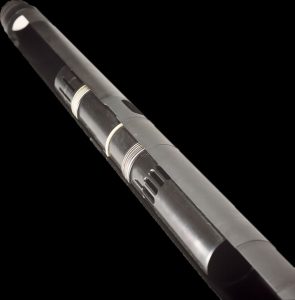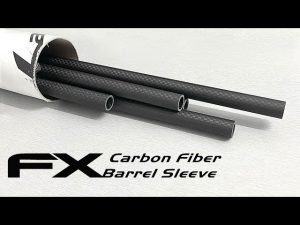Should I Sleeve the Barrels of My Vintage Shotgun?
As the owner of a vintage shotgun, you might be wondering whether to sleeve the barrel or not. The decision whether to sleeve a shotgun barrel or not may significantly depend on the condition and age of the shotgun, the cost and benefits of sleeving, and the personal preferences of the shotgun’s owner. This article aims to help you understand the concept of sleeving a shotgun barrel, evaluate the condition of your vintage shotgun, the advantages and disadvantages of shotgun barrel sleeving, and finally assist you in deciding if your vintage shotgun needs sleeving.
Understanding the Purpose of Sleeving a Shotgun Barrel
Sleeving a shotgun barrel refers to the practice of fitting a new, thin tube of steel inside the existing barrel. This process is often done to restore shotguns with damaged, worn-out barrels to their former glory, giving life back to a vintage firearm that might otherwise be considered unsafe or unserviceable. It can also be used to increase the thickness of an excessively thin barrel, thus making it more robust.

In essence, sleeving a shotgun barrel can enhance the safety, performance, and longevity of the firearm. It provides a fresh interior for the barrel, which can dramatically improve the shooting accuracy of the shotgun. Furthermore, it can help preserve the exterior look of a vintage shotgun, especially if the firearm has historical or sentimental value.
The process of sleeving, however, should only be carried out by a professional gunsmith. This ensures that the job is done correctly, safely, and in compliance with the required standards. Remember, incorrect or substandard sleeving can compromise the safety and function of the firearm.
Evaluating the Condition of Your Vintage Shotgun
Before considering sleeving, it’s crucial to thoroughly assess the condition of your vintage shotgun. If the barrel of your firearm is damaged or excessively worn out, sleeving might be a viable solution. Issues like pits, dents, or bulges are indications of damaged barrels that could benefit from sleeving.
Another factor in your evaluation should be the thinness of your barrel. Vintage shotguns often have thinner barrels compared to modern versions because earlier manufacturing techniques couldn’t achieve the same thickness as contemporary methods. If the barrel is too thin, it could be at risk of splitting or cracking, making sleeving a sensible option.

Lastly, consider the historical value of your shotgun. If the firearm is a rare or valuable piece, you might prefer to keep it in its original condition. In such cases, sleeving might not be the best option, as it can alter the characteristics of the gun and potentially reduce its value.
Weighing the Pros and Cons of Shotgun Barrel Sleeving
As with any decision, there are pros and cons to sleeving a shotgun barrel. On the plus side, sleeving can extend the life of a vintage shotgun, improving its safety and performance. It can also help maintain the exterior aesthetic of the gun while refreshing the interior, which can be beneficial for shotguns with historical or sentimental value.
However, there are drawbacks to consider as well. The process can be quite costly, particularly if you want it done professionally. It can also alter the balance and feel of the shotgun, which might not be desirable for some owners. Furthermore, while sleeving can restore the functionality of a vintage shotgun, it may not get it back to its original performance level.
Additionally, some purists argue that sleeving can detract from the authenticity of a vintage shotgun. Therefore, if you’re a collector or enthusiast who values originality, this could be a significant downside.
Deciding If Your Vintage Shotgun Needs Sleeving
Ultimately, the decision to sleeve your vintage shotgun is a personal one. It depends on your priorities, whether they lie in safety, performance, aesthetics, or authenticity. If your gun’s barrel is damaged or excessively worn out, and you want to continue using the firearm, then sleeving might be the right choice.

On the other hand, if the gun is a collector’s item, and you value its original condition more than its functionality, then you might want to forego sleeving. In this case, preserving the gun in its current condition or seeking other conservation methods might be a better approach.
Finally, consider the cost. Sleeving is an investment, and you’ll need to decide whether it’s worth the price to restore your vintage shotgun’s functionality and possibly its looks. As with any investment, it’s essential to weigh the potential benefits against the costs before making a decision.
Deciding whether to sleeve the barrel of your vintage shotgun is a task that requires careful consideration. By understanding the purpose of sleeving, evaluating the condition of your shotgun, weighing the pros and cons, and considering what you value most about your firearm, you can make an informed decision. Whether you choose to sleeve your shotgun or not, remember that the primary goal is to maintain the integrity and safety of your firearm, preserving the heritage and value of your vintage piece for the generations to come.
# # #


Comments